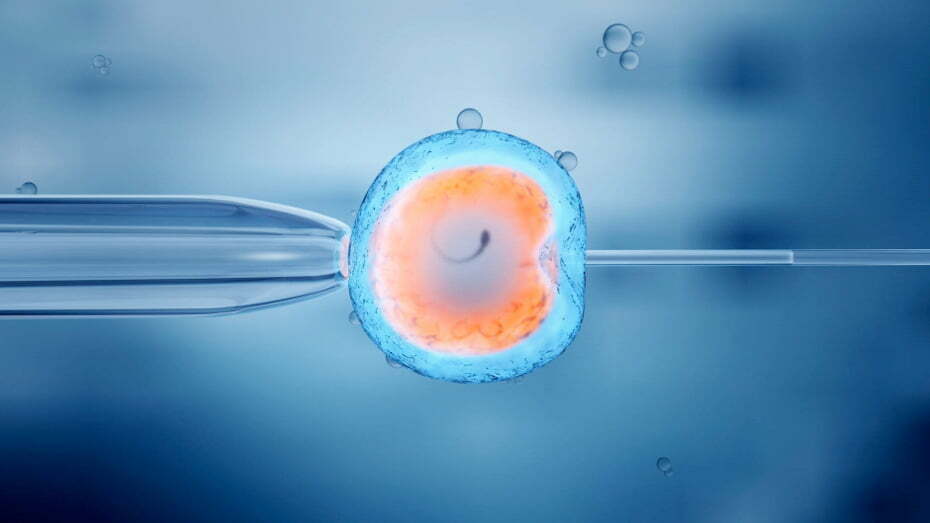Embryo Pooling in Fertility Treatment: A Strategic Approach for Higher Success
In the journey of assisted reproductive technology (ART), one of the greatest challenges couples face is the limited number of embryos available after each IVF cycle. For women with poor ovarian response, advanced age, or a need for genetic testing, having just a few embryos may not be enough. This is where embryo pooling offers hope.
Embryo pooling is an advanced fertility strategy that increases the number of embryos available for transfer, giving couples a stronger chance at successful pregnancy.
What Is Embryo Pooling?
Embryo pooling is the process of accumulating embryos from multiple ovarian stimulation and IVF cycles before performing embryo transfer.
Instead of transferring embryos after each cycle, embryos are cryopreserved (frozen) and stored. Once enough embryos are collected, doctors select the best-quality embryos for transfer in a future cycle.
This method ensures that patients have a larger pool of embryos to choose from — increasing both the chances of implantation and the ability to conduct advanced genetic screening.
Why Is Embryo Pooling Used?
- Women have low ovarian reserve or retrieve very few eggs per cycle.
- Patients are of advanced maternal age, where egg and embryo quality decline.
- Preimplantation Genetic Testing (PGT) is planned and multiple embryos are required for screening.
- Couples with previous IVF failures need more embryos to improve chances of success.
- Patients want to bank embryos for future family planning.
How Does the Embryo Pooling Process Work?
- Ovarian Stimulation – Fertility medications are used to stimulate egg development.
- Egg Retrieval & Fertilization – Eggs are retrieved and fertilized with sperm in the lab to create embryos.
- Embryo Freezing (Cryopreservation) – Viable embryos are frozen at the blastocyst stage.
- Repetition – The process is repeated over multiple cycles, accumulating embryos.
- Pooling & Selection – All embryos are reviewed, and the best ones are selected for transfer.
- Embryo Transfer – Once a sufficient pool is created, one or more embryos are thawed and transferred into the uterus.
Benefits of Embryo Pooling
- Higher pregnancy success rates – More embryos mean more chances of successful implantation.
- Genetic screening feasibility – Larger embryo numbers allow for effective preimplantation genetic testing (PGT).
- Flexibility for future planning – Stored embryos can be used for additional pregnancies later.
- Reduced pressure per cycle – Patients aren’t reliant on the outcome of a single stimulation cycle.
- Better embryo selection – Doctors can choose the healthiest embryos for transfer.
Challenges and Considerations
- Time commitment – Requires multiple stimulation cycles before transfer.
- Financial costs – Additional cycles, freezing, and storage increase treatment expenses.
- Emotional strain – Patients must undergo repeated procedures.
- Not suitable for all – Some women may not respond well to stimulation or may prefer fresh transfers.
Who Can Benefit Most?
- Women with poor ovarian reserve.
- Women in their late 30s and 40s.
- Patients undergoing PGT for chromosomal abnormalities.
- Couples with repeated IVF failures.
- Those wishing to bank embryos for family-building flexibility.
Conclusion
Embryo pooling represents a powerful option in fertility treatment, especially for couples who need to improve their odds through quantity and quality of embryos. While it requires more time and resources, it gives doctors the ability to optimize outcomes by selecting the healthiest embryos for transfer.
For many, embryo pooling transforms IVF from a cycle-by-cycle gamble into a well- prepared, strategic plan for parenthood.
key Message: Embryo pooling is about building opportunity — by creating a reserve of embryos, couples gain flexibility, higher chances of success, and renewed hope in their fertility journey.





